As the New Year approaches, many of us consider where to travel or which sacred sites to visit for blessings. Let Nai Mu, Ticy City’s spiritual guide and storyteller, inspire your journey. This year, why not conclude your year with a meaningful ritual: bowing to the “Land of Dharma.” What makes this practice significant, and where should you go? Nai Mu offers his insights.
For many in Thailand, the New Year begins with customs like overnight chanting and visiting nine temples for good fortune. However, traditions can evolve. Nai Mu suggests a more personal act of gratitude this year: bowing to the land beneath our feet.
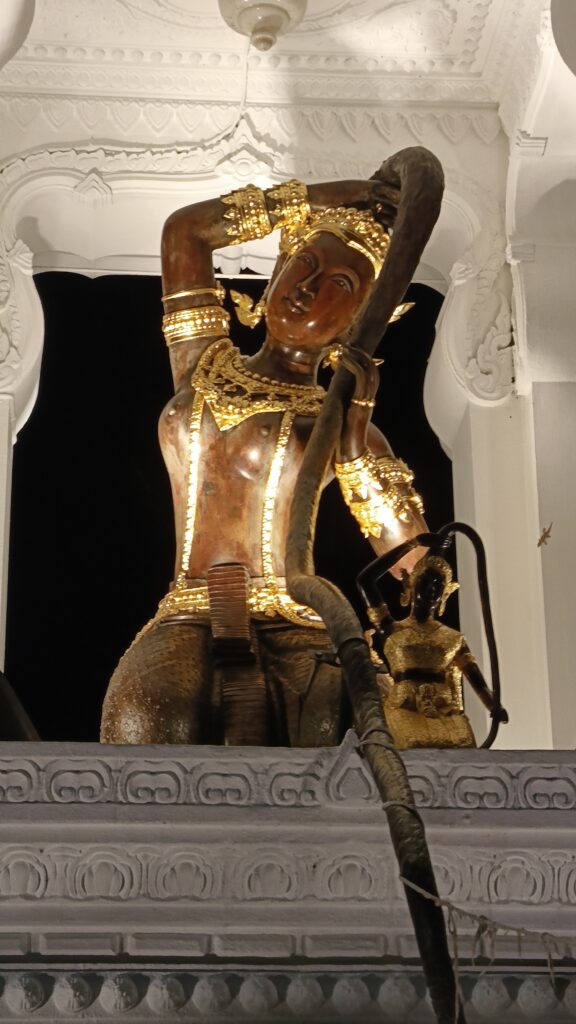
This gesture honors Bhumi, known as Mother Earth Squeezing Her Hair. Revered for over 3,000 years in Southeast Asia, Bhumi is believed to have emerged with the Earth and serves as a witness to all actions—both good and bad. She embodies the blessings of the land.
Here are three sacred sites where you can pay homage to the land:
1. The National Emblem (ตราแผ่นดิน), located behind the Phra Ratchawang Police Station.
2. The Garuda Godfather Shrine (ศาลเจ้าพ่อครุฑ) in Khlong Lod.
3. Sanam Luang, where devotees offer Uthokkathan (water offerings), symbolizing the mythical act of Mother Earth squeezing water from her hair.
As the year ends, this practice allows us to express gratitude to the land that supports us daily. It’s a heartfelt way to embrace the New Year with positivity and purpose.
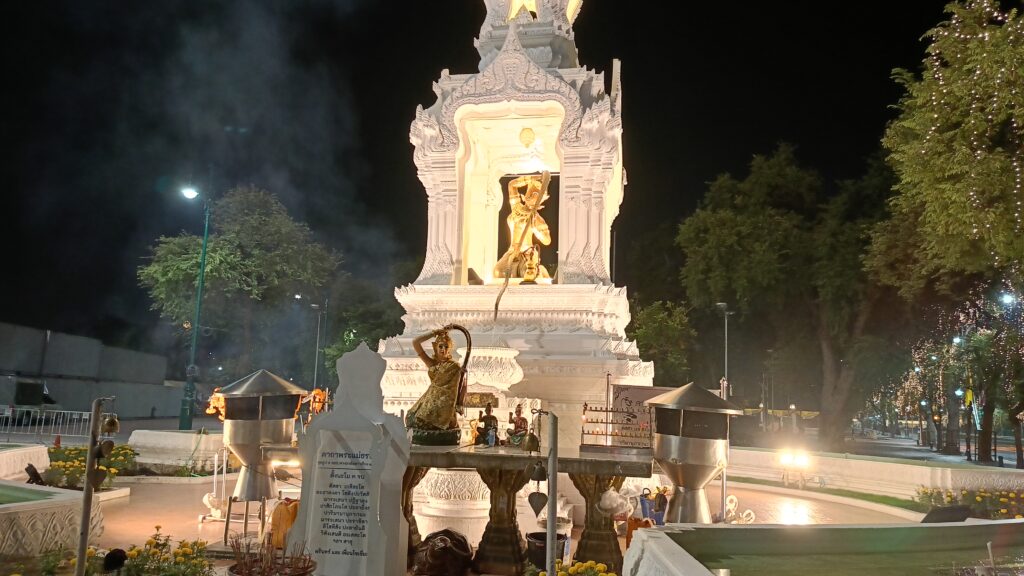
Bhumi: The Guardian of the Earth
Known as Mother Earth Squeezing Her Hair, Bhumi is a well-known figure in Thai temples. She significantly influences Buddhist teachings, especially during the life of the Buddha, symbolizing the victory of truth over negativity.
Across cultures, Bhumi represents a nurturing and protective mother figure, observing everything that happens on Earth.
During the reign of King Rama VI, her importance was emphasized in royal speeches, comparing her to the life-giving force of water. Prince Paramanujitajinorasa also recognized her in religious texts, reinforcing her role as a spiritual protector. Today, Bhumi inspires respect and gratitude, reminding us of our connection to the land.

The National Emblem: A Symbol of Unity
The National Emblem, situated behind the Phra Ratchawang Police Station, was introduced during the reign of King Chulalongkorn and represented Siam’s heraldry, symbolizing unity and Thai heritage.
Although it was eventually replaced by the Garuda Emblem of Thailand, the National Emblem remains an important site, embodying the legacy and pride of the Thai nation.
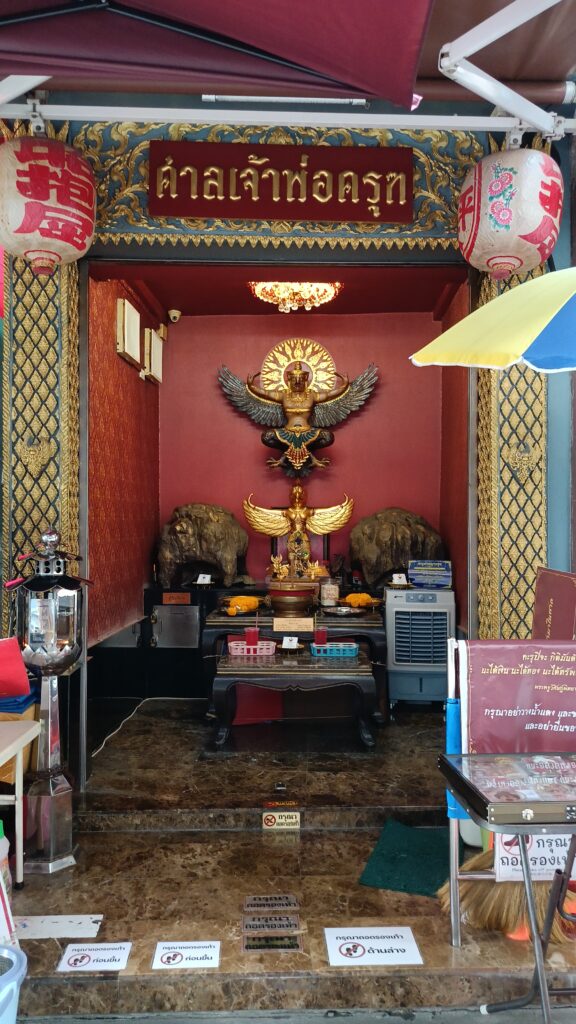
The Garuda Godfather Shrine
The Garuda Godfather Shrine, located in Khlong Lod, has a fascinating history. The original Garuda statue, discovered floating in a river, became a sacred relic. Although the statue was stolen, a new one—blessed by Luang Por Warah Punyawaro of Wat Pho Thong—now stands at the shrine, continuing to attract visitors seeking guidance and blessings.
These sites represent Thailand’s spiritual and cultural connection to the land. Visiting them is not only an act of gratitude but also a powerful way to reset and welcome the New Year with a clear heart.
Story by Nai Mu








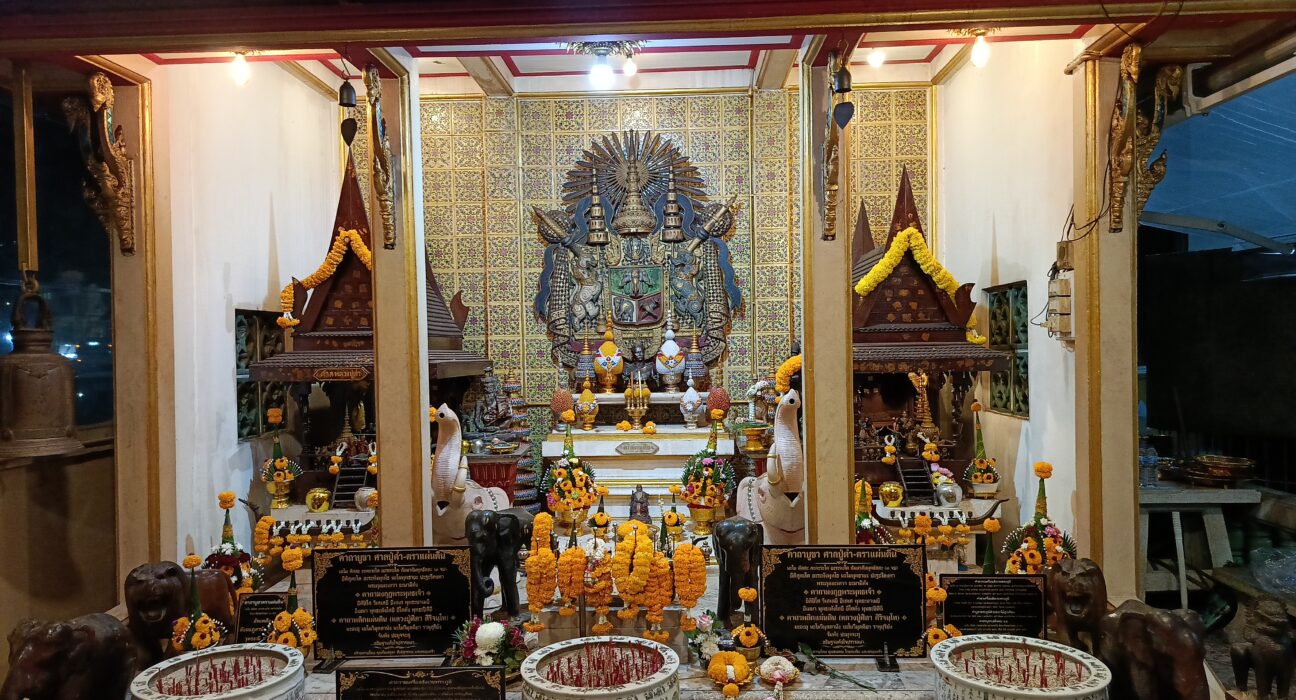
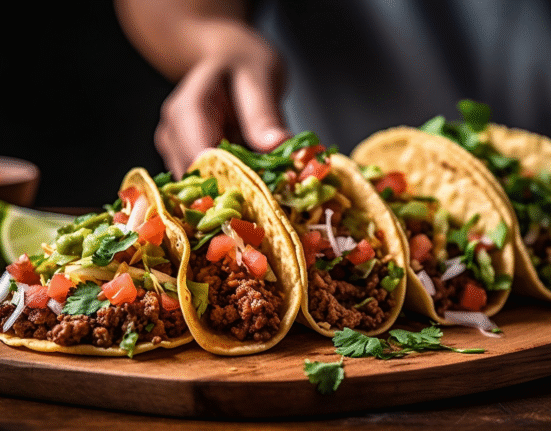
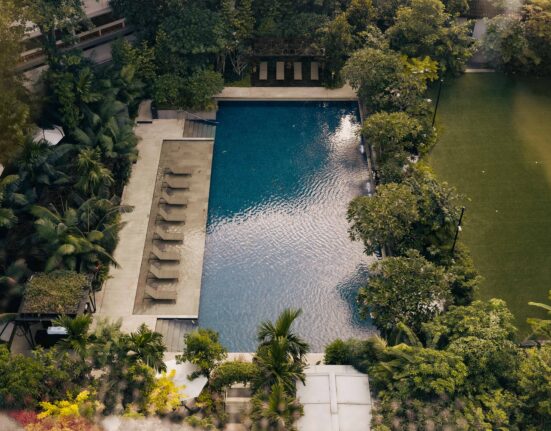





Leave feedback about this